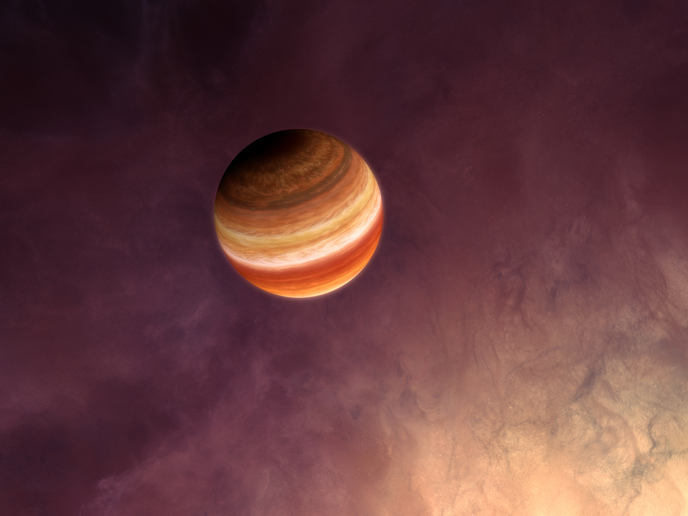Machine learning illuminates the celestial stage: spotting new objects amid the cosmic crowd
Born from the fragmentation and gravitational collapse of molecular clouds, stars form as clusters of celestial objects sharing a cosmic connection. This raises intriguing questions: How is mass distributed within these clusters? Do massive stars coexist in equal abundance with their low-mass counterparts? And what about the enigmatic brown dwarfs, tiny cosmic entities lacking the size to spark hydrogen fusion in their cores? To unravel these cosmic puzzles, counting stars within a cluster is crucial. However, numerous background and foreground stars intertwining within the astronomical depictions of these star clusters impede this effort. Furthermore, the Gaia space mission, while valuable, cannot detect the faintest cluster members (brown dwarfs), nor can its visible light detection permeate the dust shrouding young star clusters.
Overcoming challenges with machine learning
This is where the EU-funded COSMIC-DANCE project stepped in. “Measuring star motion in the sky is intricate, with their minuscule movements comparable to the angular size of a coin atop the Eiffel Tower as seen from New York City,” notes project coordinator Herve Bouy. “Instead of waiting decades for ground-based cameras to detect these motions, we chose to utilise the wealth of images available in astronomical archives.” Leveraging machine learning from the outset, the team successfully faced the daunting task of processing tens of thousands of astronomical images amounting to many terabytes of raw data. Complicating matters, these images often contained various defects such as dead or saturated pixels, cosmic ray hits and satellite streaks. Given the sheer size of the data set, the team trained a convolutional neural network (a type of artificial intelligence model specialized in recognizing and understanding visual patterns) to detect image defects in an unsupervised manner. “We trained the network to look for defaults in astronomical images rather than common artificial tasks like identifying cats or people on the internet.” As a result, the team successfully identified all problematic pixels or frames, extracting maximum value from the data set. Measuring star motion was just the first challenge. “Once we measured the motion, luminosities and colours of tens of millions of stars in our images, we then had to identify the few thousand cluster members amongst tens of millions of unrelated stars. We developed new methods based on machine learning and Bayesian statistics to accurately identify all the members in our multidimensional data set,” adds Bouy.
Mysterious celestial bodies roaming like nomadic wanderers
One of the most exciting project results was the discovery of between 70 and 170 free-floating planets. These objects have the mass of a planet but are not bound to any star, instead roaming the galaxy freely. Their existence has been known since the late 1990s from indirect detections using microlensing, but only a handful had been directly imaged. Their exact number in a given cluster was also largely unknown. “For the first time, we securely identified a large sample of free-floating planets in a star-forming region, with important implications for star formation, planet formation and early planet evolution theories,” remarks Bouy.
Machine learning-powered innovation seals the future of astronomy
“We continue to develop our software tools for our own research and for anyone interested in using them (they are openly available on GitHub),” states Bouy. “Cosmic ray hits are numerous in space and affect the observations obtained with space missions. MaxiMask, the artificial intelligence tool to detect defaults in images, can be efficiently used for ongoing or future space missions such as the recently launched European Euclid mission, the Hubble Space Telescope or the James Webb Telescope. It will also be crucial for ground-based surveys impacted by the new low-orbit satellite constellations (e.g. Starlink) that heavily disrupt astronomical observations,” concludes Bouy.
Keywords
COSMIC-DANCE, machine learning, star clusters, astronomical images, Gaia, convolutional neural network, Bayesian statistics

